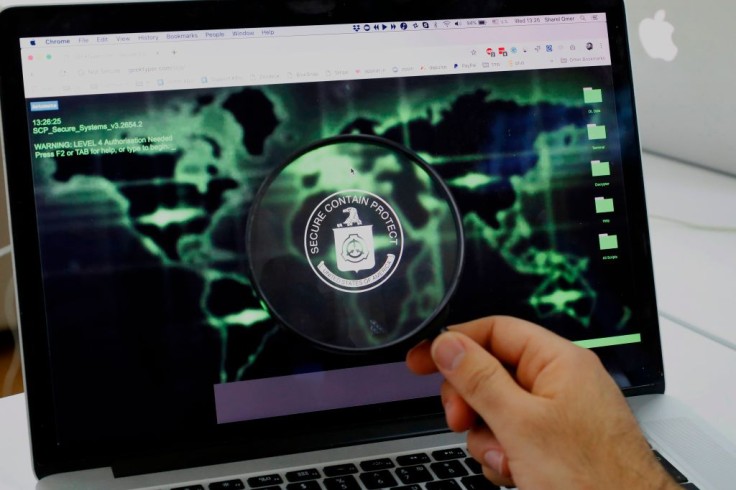
Hackers are stealing your data and using it for ransom!
Research teams reported an increase in ransomware attacks in the first half of 2021. More than 30o million attempted attacks have been recorded in these last six months, resulting in 2021 as "the worst year" for ransomware.
Ehackingnews listed countries like the U.K., Germany, South Africa, and Brazil as major victims of ransomware attacks. U.S. districts have also been mentioned, like Florida with 111.1 million ransomware attempts, New York with 26.4 million, Idaho with 20.5 million, and Louisiana with 9 million.
What Are Ransomware Attacks?
Simply put, ransomware is when hackers "steal" your data and sell it back to you for ransom money.
Ransomware is malware that encrypts data from the victim's device, corrupting the data and hiding it from the owner. Afterward, the attacker asks the victim to pay some ransom to decrypt and return these stolen files.
People often attacked by ransomware are those without updated software and operating system or those using old hardware that couldn't cope with the new threats. Those who doesn't have a backup or doesn't put an emphasis on cybersecurity are also vulnerable, per Kaspersky.
The ransomware process is broken down into five different steps. Varonis listed them as:
- Infection - Attackers deliver malware to the target
- Security Key Exchange - Attackers are notified they have a victim
- Encryption - Ransomware encrypts the victim's files
- Extortion - Attacker sends the ransom note and payment request
- Recovery - Payment is sent in exchange for the decryption keys
Note, however, that attackers generally don't deliver the keys, even after receiving the money. Unfortunately, they can't be forced to cooperate either. Ransomware is an incredibly profitable business for hackers, which is why attacks have increased rampantly in these last few months.
Avoid falling victim to these attacks by doing these next few steps, per Varonis.
5 Ways to Prevent Ransomware Attacks
5. Don't Click Suspicious Links
Ransomware is often delivered through phishing and spam emails. Always be suspicious of emails and never click on links attached to them. Also, avoid downloading anything from unknown sources. These files could be corrupted with ransomware codes.
4. Email and Endpoint Protection
If you really need to open or download files from emails, then first, scan all your emails for malware strains. Also, keep your firewalls and antivirus software up to date, so they could recognize the latest malware signature. You could also consider using VPN services as an added protection.
3. Backup Your Data
In the worst-case scenario where you get attacked with ransomware, you need to rely on your backup data and not the attacker's decryption key. Make it a habit to back up all your important data and keep it in different storage systems, like the online cloud system.
2. Protect Your Personal Data
As a general rule: do not give sensitive information online. Be very careful with websites or suspicious people asking for personal information like your full name, address, password, or your mother's maiden name.
1. Never Use Unknown USB Sticks
Never connect with USB sticks or other storage media you do not own. Cybercriminals might have infected it with malware or viruses to automatically attack you when plugged. Leaving an infected storage device in a public place to entice victims is a strategy used by many cybercriminals.
Keep in mind these warnings to avoid ransomware attacking your device!









